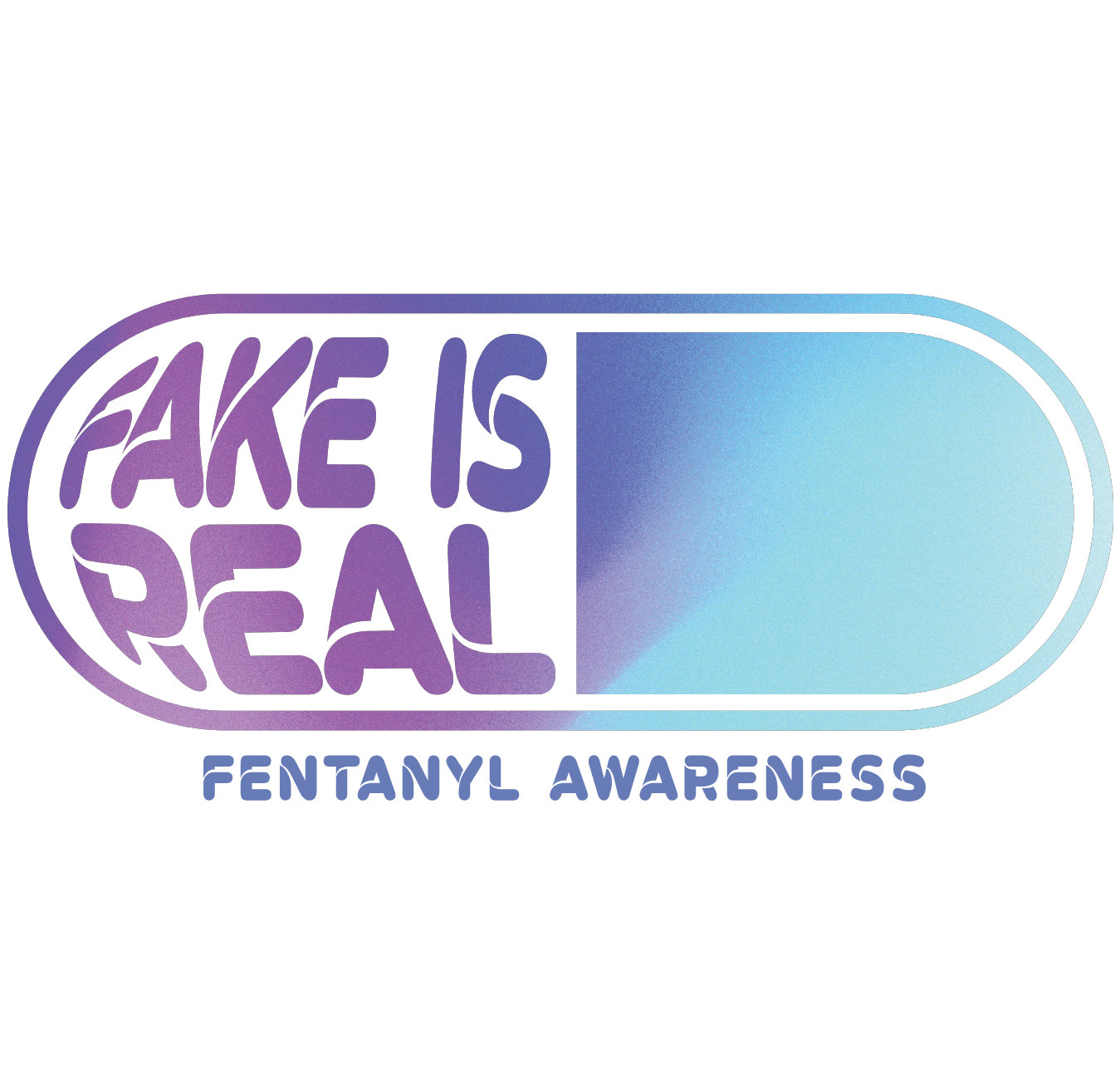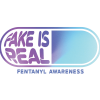The nasal spray reverses opioid overdoses and public health officials hope that making it more widely available could save lives and reduce the nation’s high rates of drug fatalities.
Narcan, a prescription nasal spray that reverses opioid overdoses, can now be sold over the counter, the Food and Drug Administration said on Wednesday, authorizing a move long-sought by public health officials and treatment experts, who hope wider availability of the medicine will reduce the nation’s alarmingly high drug fatality rates.
By late summer, over-the-counter Narcan is expected to be for sale in big-box chains, supermarkets, convenience stores, gas stations and online retailers. New York City plans to install Narcan vending machines later this year.
The commissioner of the F.D.A., Dr. Robert M. Califf, said in a statement that the over-the-counter authorization was meant to address a “dire public health need.”
“Today’s approval of O.T.C. naloxone nasal spray will help improve access to naloxone, increase the number of locations where it’s available and help reduce opioid overdose deaths throughout the country,” Dr. Califf said. “We encourage the manufacturer to make accessibility to the product a priority by making it available as soon as possible and at an affordable price.”
Narcan is a nasal spray version of naloxone, a drug that blocks an opioid’s effect on the brain. As the overdose crisis has worsened, with more than 100,000 drug-related deaths in the United States for each of the last two years, millions of doses have been administered by outreach workers, health care providers and emergency responders.
But for people who use drugs, as well as for their friends and relatives, ready access to the prescription medication has been elusive.
Naloxone access laws in every state allow pharmacists to have a standing prescription so they can dispense Narcan or a generic brand to anyone who requests it. But many pharmacies choose not to do so, preferring not to engage customers around illicit drug use, especially without a doctor’s oversight. Of the nearly 17 million naloxone doses distributed in 2021, only 2.64 million were from pharmacies, according to a recent report.
Public health officials were quick to hail the F.D.A.’s authorization, the first time that an overdose reversal spray has been deemed safe for over-the-counter sales. With overdoses and overdose fatalities occurring in college dorms, public libraries, households, night clubs and restaurants, public health advocates hope that naloxone nasal sprays will soon become a staple of first-aid kits and family medicine cabinets.
“Naloxone can mean the difference between life and death for someone experiencing an overdose and — as a city and a country — we have every reason to want people to have it in hand,” Dr. Ashwin Vasan, the health commissioner of New York City, said. “It is safe and effective, and with increasing fentanyl in our drug supply, we need it everywhere, to save lives.” The city provided more than 200,000 Narcan kits to community groups in 2022.
One reason the F.D.A. approved Narcan for general sales is that it is easy to administer. Bystanders who see that a person slumped over is unresponsive to shaking and shouting, with slowed breathing — signs of a possible overdose — only have to unwrap the palm-size device, insert the tip into the person’s nostril and depress the plunger. In most situations, the medication revives the person within two or three minutes.
Narcan will not work if the person has taken nonopioid drugs like methamphetamines or xylazine, an animal tranquilizer that has been infiltrating street drug supplies. But addiction experts note that because the supply of illegal drugs has become increasingly tainted with fentanyl, an opioid, there is no downside to using Narcan, regardless of what drug the person was believed to have taken.
Although over-the-counter status will make Narcan more widely available, the cost of the medicine could be a deterrent to many.
Currently, a two-dose pack of prescription Narcan is often free to people covered by Medicaid or private insurance, or has a co-pay of less than $10. But public and private insurance programs do not cover most over-the-counter medicines. Whether an exception will be made for Narcan could take months to resolve.
This month, a big-box pharmacy in Manhattan was charging $98 for the two-dose box of prescription Narcan to customers without insurance. Another pharmacy chain in New Jersey charged $73.
The company that makes Narcan, Emergent BioSolutions, declined to disclose the price it plans for an over-the-counter version, which will take several months to relabel and repackage. On Wednesday morning, after the F.D.A.’s announcement, the company released a statement that did not discuss cost.
“We are dedicated to improving public health and assisting those working hard to end the opioid crisis — so now with leaders across government, retail and advocacy groups, we must work together to continue increasing access and availability, as well as educate the public on the risks of opioid overdoses and the value of being prepared with Narcan to help save a life,” Robert G. Kramer, the company’s chief executive officer, said in the statement.
In its announcement of the authorization, the F.D.A. acknowledged the concern about price, urging other manufacturers of prescription naloxone to apply for over-the-counter approval, which could make pricing more competitive.
“We will work with any sponsor seeking to market a nonprescription naloxone product,” said Dr. Patrizia Cavazzoni, director of the F.D.A.’s Center for Drug Evaluation and Research. She added that they were encouraging manufacturers “to contact the agency as early as possible to initiate discussions. ”
The price of Narcan, or any naloxone nasal spray, can affect where the product is placed in a store. One intention behind making Narcan more widely available was to help consumers leapfrog awkward conversations with pharmacists and possible entanglements with insurance providers.
But higher-priced items are vulnerable to shoplifting, so retailers may consign them to being secured behind a pharmacist’s counter, or in a locked glass box, both of which would require the customer to seek out a salesperson. Those placements, public health advocates said, could be a barrier to people who can afford Narcan, but may be too embarrassed to ask for it.
Naloxone is also manufactured in vials of liquid that are accompanied with a syringe, which is substantially cheaper than the nasal spray and an option favored by many community outreach groups.
“All naloxone should have been moved over the counter,” said Dennis Cauchon, president of Harm Reduction Ohio, a nonprofit group that distributes free naloxone doses. “Now you have the expensive version available without a prescription but the cheaper versions need a prescription. It’s important that brand name Narcan be priced much lower over the counter than it is now. The price needs to be less than $30 for a two-dose kit, preferably much lower.”


